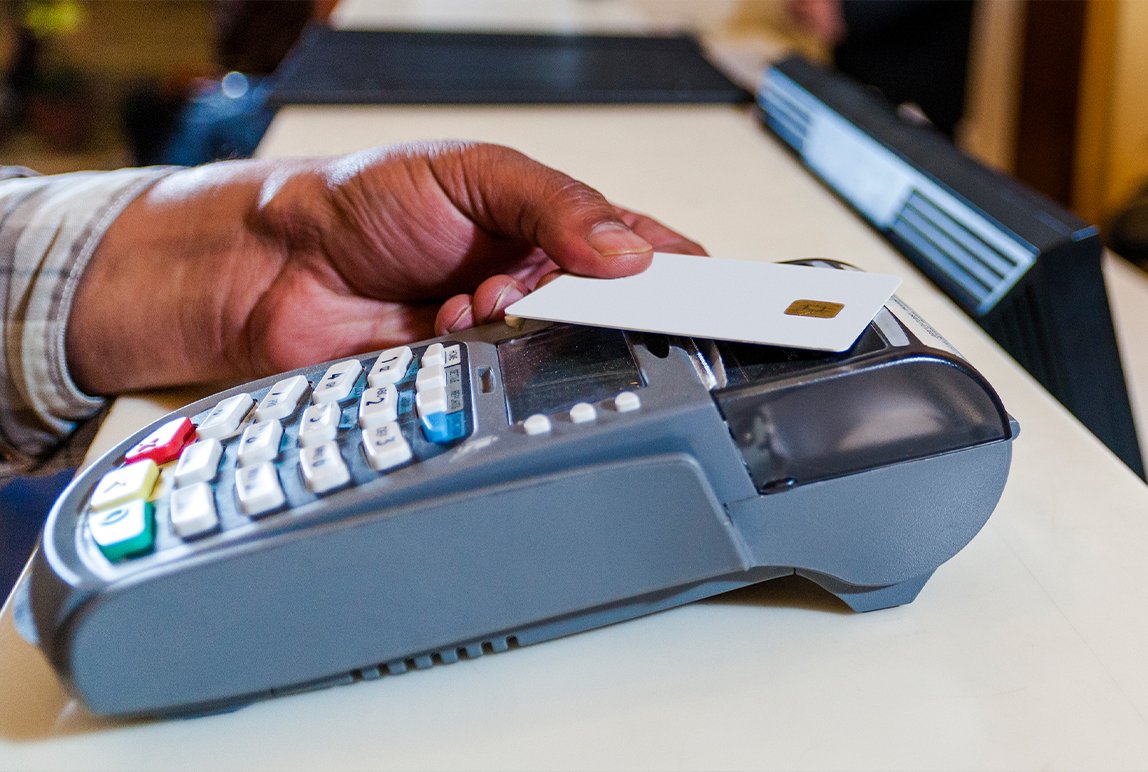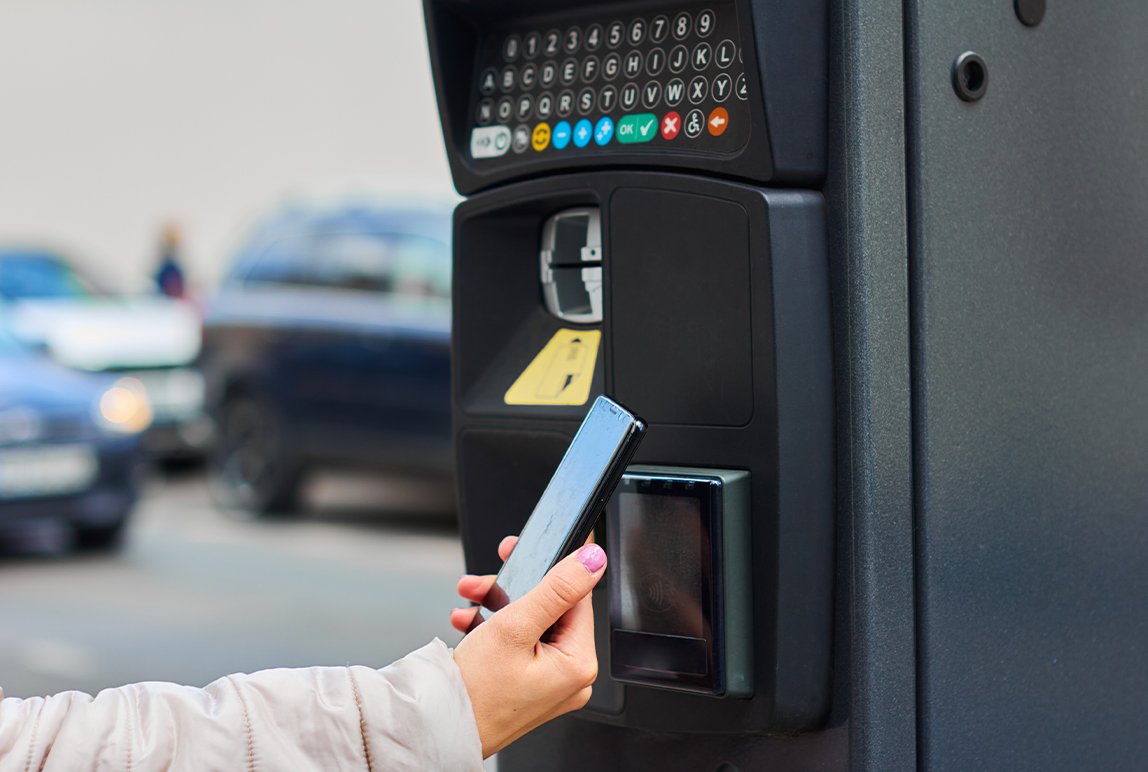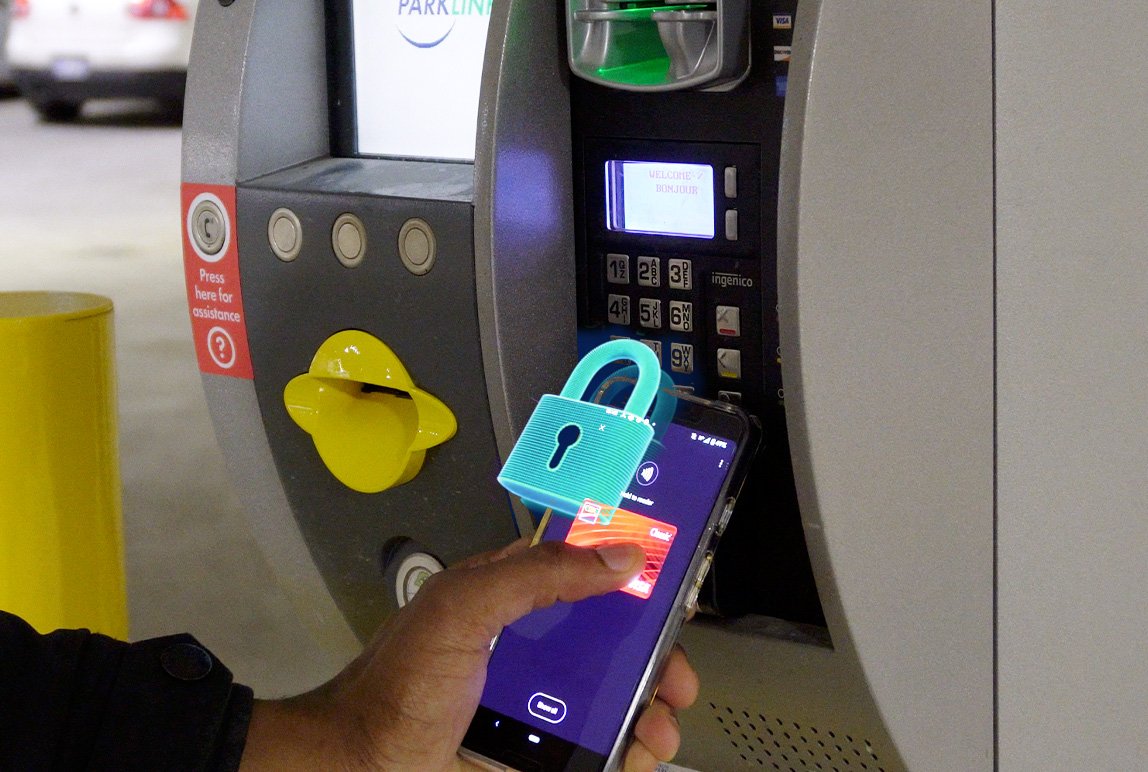Accepting EMV-Certified Payments Is More Important Than You Think - Here’s Why
Posted: Mar, 10, 2022 12:26PM ET • 6 min read
Since their introduction, credit cards have gradually transitioned from being slow and cumbersome payment methods used for unexpected or unusually large purchases to being millennials’ go-to payment method regardless of transaction value, and as online shopping has proliferated over the last 20 or so years, their popularity has only continued to climb.
In 2021, about 73% of payment transactions in Canada were completed with a credit card, a number no one expects to go down as the COVID-19 pandemic has entrenched a strong preference for contactless payment even in-person.
Interest in credit card payments is just as strong within the parking industry, with chip-and-pin, tap-and-go, and mobile wallet payment options growing in popularity. So if parking operators want to continue attracting customers to their facilities, they need to offer the convenient payment options their customers show a strong preference for.
The days of digging through pockets and purses to find loose change to pay for parking are long gone for most people. But with these options’ popularity comes a greater risk of fraud, so it’s important that parking operators protect their own revenue as well as their customers’ data with enhanced security measures.
EMV: The New Universal Standard
Credit card payments processed by PCI-certified equipment and processors have always been secure. As with all things, technology evolves, security requirements change, and new standards are developed. More and more, industry-leading payment card security, originally pioneered under the banner Europay MasterCard Visa (EMV), is becoming essential for any business that accepts card-based payments from their customers. This not only protects your revenue, but these measures are increasingly becoming mandatory for participating card issuers to even process your payments in the first place.
Each transaction processed using this standard includes dynamic digital data designed to safeguard customers’ payment details against potential risks, including being intercepted during transmission. Transaction data is automatically authenticated and verified by both parties using one-time-only identifiers that cannot be duplicated to ensure the validity of the transaction. And by “tokenizing” payment details, the transaction can be processed without having to store customer credit card information.
Why You Need To Offer Your Customers Secure Payment Options
Customers want to know that their payments are secure. Making sure you’re doing everything you can to protect their data builds customer loyalty and that secures recurring revenue.
EMV security standards have been adopted throughout the payment card industry, and as such, working within their guidelines is an opportunity for you as a parking operator to offer your customers the greatest number of card options, including Visa, MasterCard, American Express, Discover, Union Pay, and JCB.
Tap-and-Go vs. Chip-and-Pin: What’s the Difference?
Chip-and-Pin Credit Card Payments
Mitigating the risk of credit card fraud has driven the shift from magnetic stripe-only cards to those with embedded chips. Today, over 80% of Canadian retailers and other merchants offer their customers an EMV-certified payment option for their debit and credit transactions.
This chip makes the card more difficult to skim than its magnetic stripe-only counterpart, but the imbedded microchip also stores enhanced security features and makes it possible to insert your card and enter your PIN to verify that the purchase is, in fact, being made by the cardholder.
Chip-and-pin technology has become the standard payment method in both pay-on-foot and pay-in-lane applications in gated parking lots.
Tap-and-Go Credit Card Payments
Layering NFC technology offers customers additional convenience without significantly increasing security risks. Based on transaction amounts and volumes, customers wishing to pay in this contactless way will periodically be prompted to insert their card and enter their PIN to verify that the cardholder is still in possession of their card, in an effort to mitigate the risk of theft to cardholders as well as liability of the card issuer.
This tap-and-go functionality has proven especially popular in the parking industry because patrons are quite literally on the move, paying for their parking right at the exit terminal as they’re leaving the facility. And as touchless technologies become increasingly popular for health and safety reasons, we expect payment options to continue trending in this direction.
The Future of Parking Payment: Mobile Pay
But secure payment innovations haven’t stopped there.
A strong majority of parking customers are already using their mobile devices to locate and save their favourite parking spaces at or near their favourite places they like to go. Expanding further on contactless technology, customers are forgoing their payment cards altogether and opting instead to use the wallet apps built into their smartphones to make their payments as well — everything in one place to find, reserve, and pay for parking, with all the same security measures protecting users’ data.
And as parking platforms continue to develop, we can expect to see more and more of them offering their own built-in EMV-certified payment portals, whether they’re integrated into wallets in the apps themselves or patrons are directed to secure online payment portals by scanning QR codes posted in the facility or on entry tickets.
Ultimately, one of the key ways parking operators can build customer loyalty in a highly competitive industry is by offering the payment methods their customers prefer. And where consumer preference is driven so strongly by convenience, it’s incumbent on parking operators to stay ahead of market trends that increasingly favour secure but nevertheless touchless payment options.
References
CASH, CREDIT, OR MOBILE? THE FUTURE OF PAYMENT FOR PARKING. (n.d.). [web log]. https://www.pennparking.com/cash-credit-or-mobile-the-future-of-payment-for-parking/.
Sgorlon, A. (2020, September 11). How to Meet Standard Payment Options at Your Facility [web log]. https://www.parkingindustry.ca/parking-revenue/how-to-meet-standard-payment-options-at-your-facility?rq=permit.
Tap or dip? Are contactless cards safer than chip cards? (n.d.). [web log]. https://blog.clover.com/are-contactless-cards-safer-than-chip-cards/.
Share Article:
Featured Articles
ABOUT THE AUTHOR
Cynthia Bruce
Associate Director, Proposal Development
Cynthia began her career in the parking industry when she joined Precise ParkLink in 2015. With a leadership role in Precise ParkLink’s proposal development department, Cynthia is responsible for discerning our clients’ needs and developing compelling win themes that align our product and service offerings with those needs. Leveraging her education in business management at Humber College, she has continued to stay ahead of every opportunity in her career. In so doing, she works collaboratively with subject matter experts from among our R&D engineers, ensures the messaging within our marketing department’s collateral is consistent with our proposals, and mentors a small team of writers to develop their unique talents to the department’s advantage.
Questions?
Fill out the form below and we will do our best to connect you with a suitable contact.













